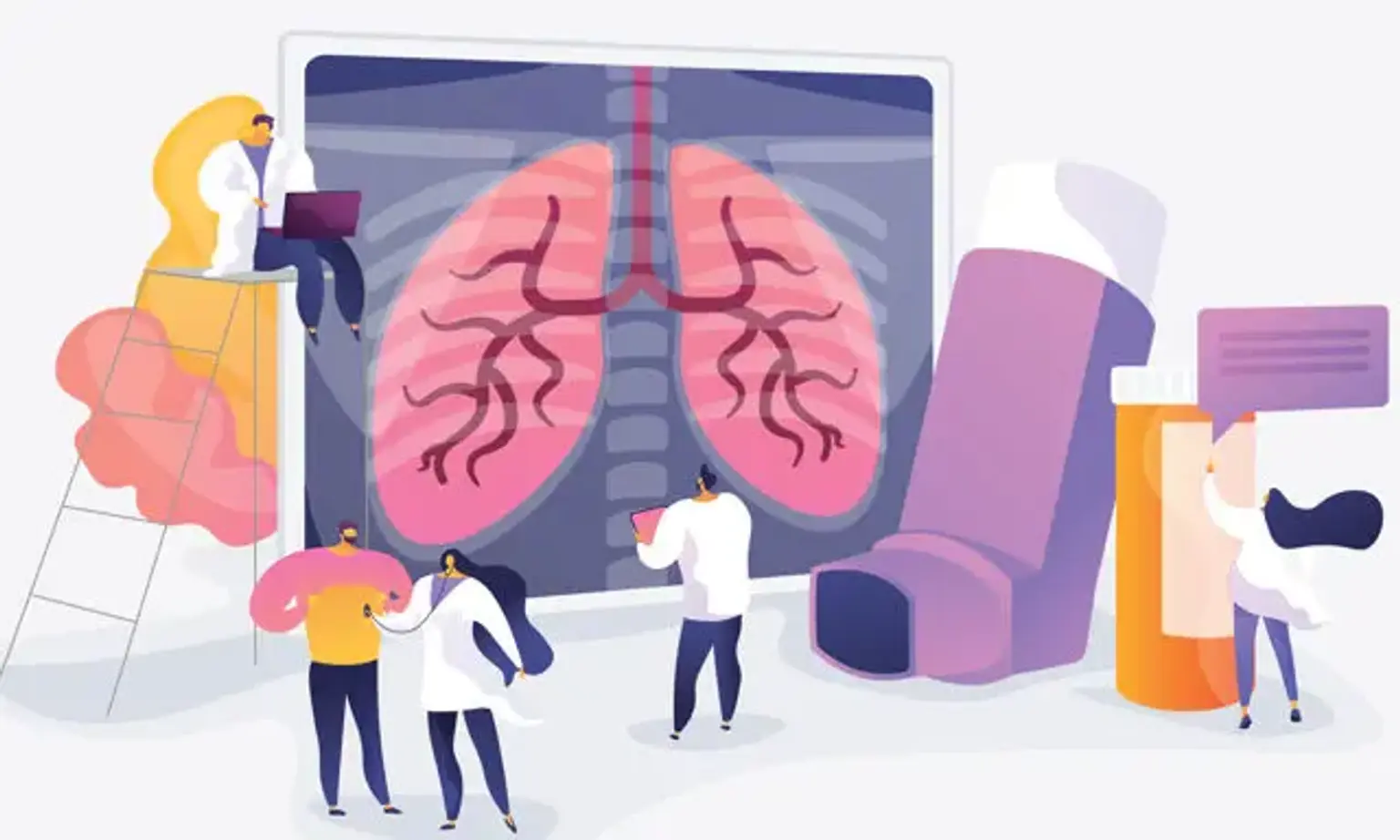Asthma
Asthma is a disease that causes the air pathways to narrow down and swell, as well as release excess mucus. This usually makes it difficult to breathe, resulting in coughing, whistling or wheezing sound on exhalation and shortness of breath.
Asthma is a mild annoyance for some people. However, it could be a big issue for others that prevent them from going on with their everyday lives. Besides, such chronic cases can even result in a fatal asthma attack. In general, asthma is a serious and ongoing illness. This means that it's one of the conditions that does not go away and requires continuing medical care.

